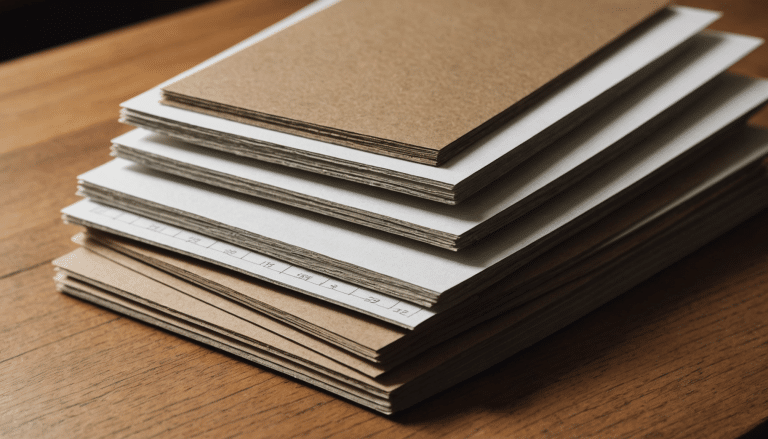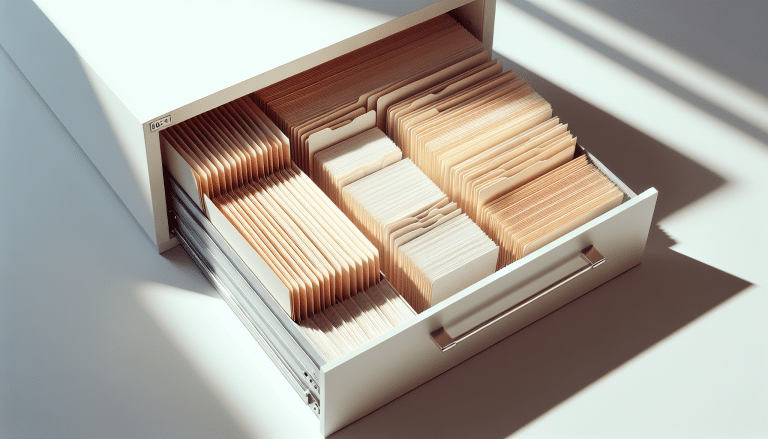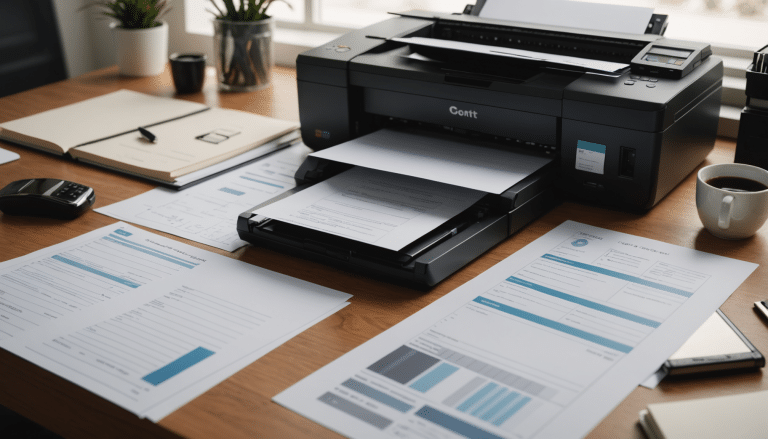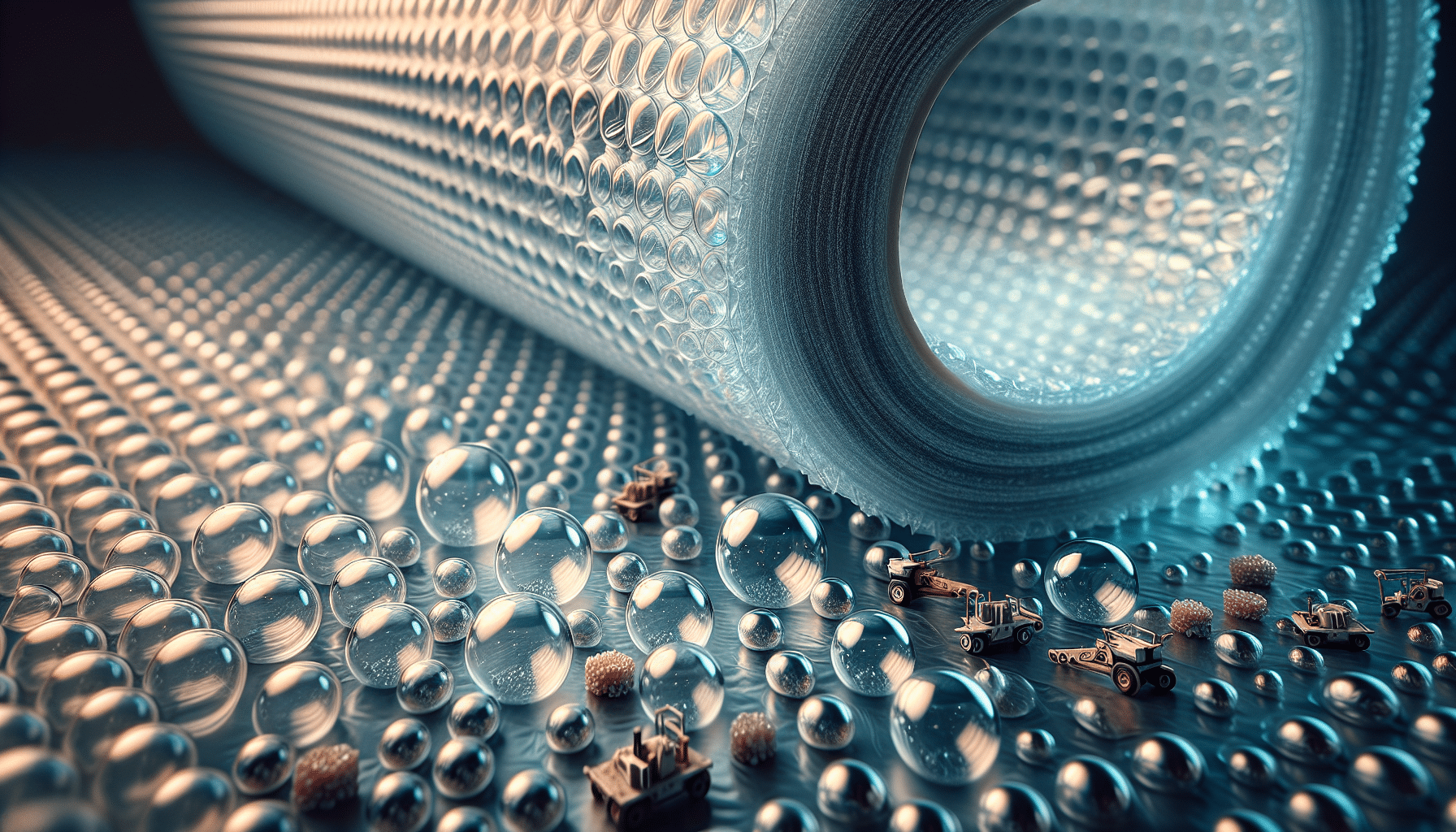
Unraveling the Magic: How is Bubble Wrap Made?
"Discover how bubble wrap is made: from resin beads to the satisfying pop! Learn about this popular packaging material's origin and process.
Ever wondered about the makings of bubble wrap? This blog post sheds light on the fascinating process, materials, and techniques behind it. Stay tuned as we take you step by step through how this everyday essential is formed, starting from tiny resin beads all the way to the pop-able packaging we all know and love.
How is bubble wrap manufactured?
Bubble wrap is produced using tiny resin beads. These are heated and transformed into a thin film. This film is then passed through rollers with small holes. Applying suction through these small holes forms the air bubbles, making the final bubble wrap.
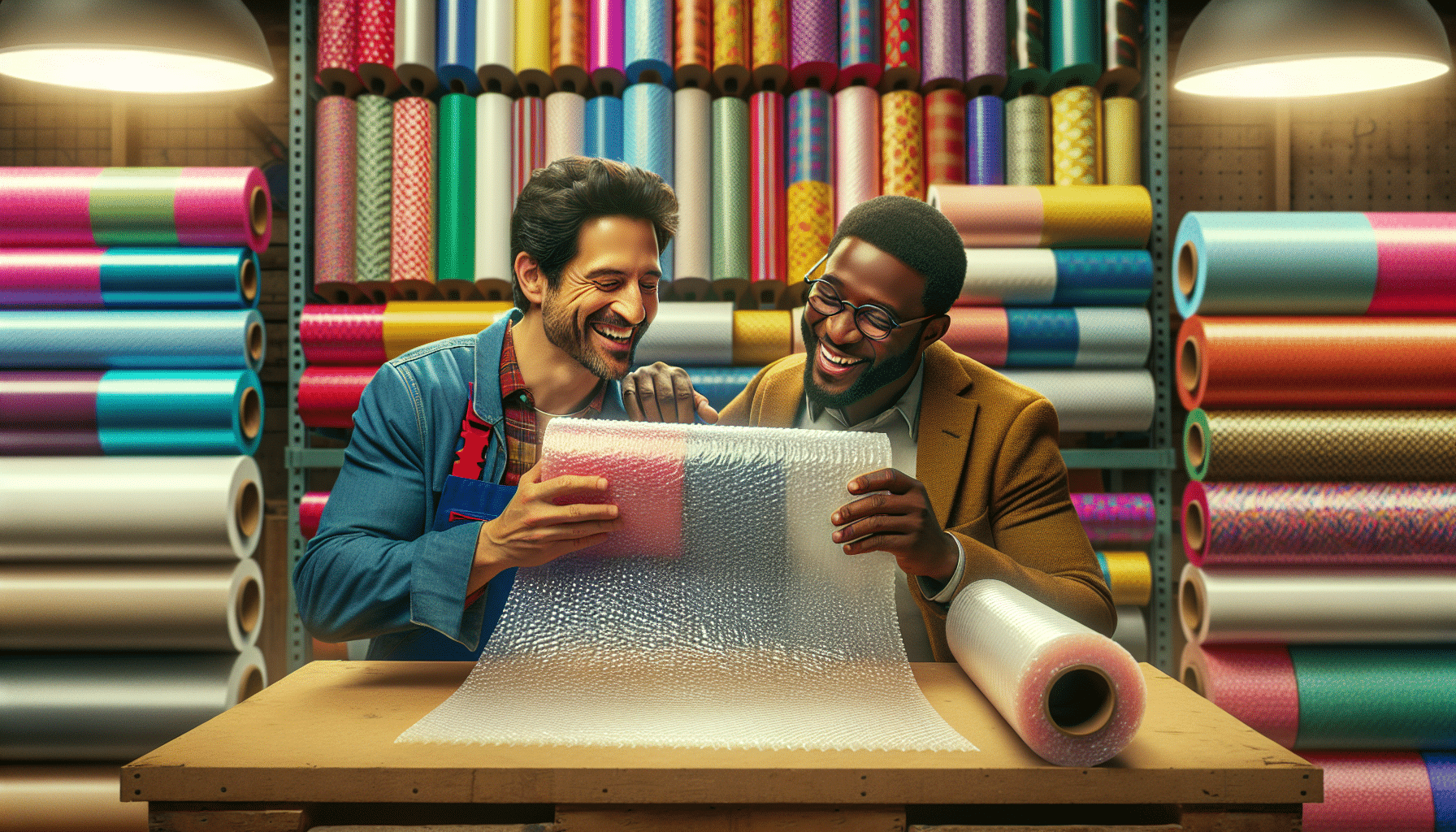
Key Takeaways
• Bubble wrap creation starts with tiny resin beads, leading to protective, air-filled plastic.
• The resonance between bubble wrap’s material science and its initial conception enhances its purpose as a packaging matter.
• Each pop of bubble wrap reflects a scientific phenomenon, delivering protection and joy in a simple squeeze.
Key Aspects of Bubble Wrap Manufacturing
• Resin Beads: The humble beginnings of bubble wrap, tiny beads of resin provide the foundation.
• Melt and Flatten: These beads are heated and shaped into a film, providing substance and malleability.
• Bubble Formation: A tech-savvy process involving rollers, tiny holes, and suction, creates the reassuring air pockets.
• Sealing: Every air bubble is safely sealed within by a second film layer, making bubble wrap ready to pop.
• Purposeful Popping: Each satisfying pop acts as a shock absorber, proving bubble wrap’s protective properties.
• Recycling: Eco-conscious? Fear not! Bubble wrap is recyclable, allowing for its continued use without heavily affecting the environment.
Explaining How Bubble Wrap is Made
The tale of how bubble wrap is made begins with small, unassuming beads of resin. These tiny grains of polyethylene resin, almost as small as pea gravel, gather together to kick-start the creation of our beloved bubble wrap. Day by day, our world risk becoming more reliant on this packaging material.
However, bubble wrap is not born from simple plastic film. It’s a blend of resins, each carrying different properties. Melted together under the careful eye of quality control, they are transformed into a thin, friendly film. This film is then smoothed out to an exact thickness appropriate for wrapping your most cherished items. The process forms a secure foundation for our potently pop-able packages.
| Process Step | Description |
|---|---|
| 1. Resin Beads | Sheets of bubble wrap start as tiny resin beads. |
| 2. Melt and Flatten | The beads are heated and shaped into a thin film. |
| 3. Bubble Formation | Film is run through rollers with holes, where suction creates bubbles. |
| 4. Sealing | A second layer of film is used to trap the air, forming the bubbles. |
| 5. End Result | The finished product: A sheet of poppable protection we know as bubble wrap. |
Material Science Behind Bubble Wrap
Whenever we think about bubble wrap material, resin takes the spotlight. Specifically, polyethylene resin. This durable and flexible resin bears the spotlight in our bubble wrap story. It’s the magic that gives bubble wrap its dashing, audacious protective properties.
This resin gets transformed into a thin layer of film that seems almost fragile, but don’t let that fool you! It is then put on rollers, but these are not your standard rollers. They come with tiny holes that seem almost invisible but perform a significant role in creating the air pockets we love to pop!
Bubble Wrap Invented: From Wallpaper Fail to Packaging Success
It might come as a surprise, but bubble wrap was initially conceived as a decorative wallpaper. The inventors, Alfred Fielding and Marc Chavannes, aimed for a three-dimensional tactile wallpaper that unfortunately, never quite caught on.
However, they were quick to repurpose their invention into bubble wrap, seeing the product’s potential as a majestic cushioning tool for transit and packaging. Today, bubble wrap is a commanding tool for packaging needs across a plethora of industries.
Role of Air Bubbles in Bubble Wrap
What makes bubble wrap so special and efficient? It’ s the air bubbles! Not the ones from detergent, but the ones at the heart of each sheet, standing like miniature fortresses against shocks and jolts during transit. These bubbles are born when suction is applied through small holes as air gets vacuumed into the film. A second layer of film seals the air within, thus accounting for the satisfying pop when you squeeze!
With their uniform size and shape, the bubbles provide bubble wrap its unique protective abilities. These air pockets stand as a testament to successful packaging methods which are not just protective, but also entertaining.
Popping Bubble Wrap: Beyond the Fun
We’ve all done it. The simple yet gratifying act of popping bubble wrap. Each pop corresponds with a bubble wrap’s purpose. They absorb the shock to prevent any damage to the packed items, thus exhibiting the genius behind bubble wrap’s concept and design.
So, the next time you find yourself distracted, gleefully popping bubble wrap, remember that you’re engaging in a simple scientific phenomenon protecting your packages while giving you pleasure!
Conclusion
So, we’ve gone from resin to popping pleasure! We’ve seen how tiny beads of resin transform into a universally essential, protective packaging material. We’ve talked about bubble wrap’s material science, its inadvertent origin, and the all-important role of those pop-able air pockets.
As we close, remember that the next time you hear that satisfying pop, you’re experiencing the culmination of a process as intriguing as its result. Indeed, the world of bubble wrap production is a bubble worth popping into!
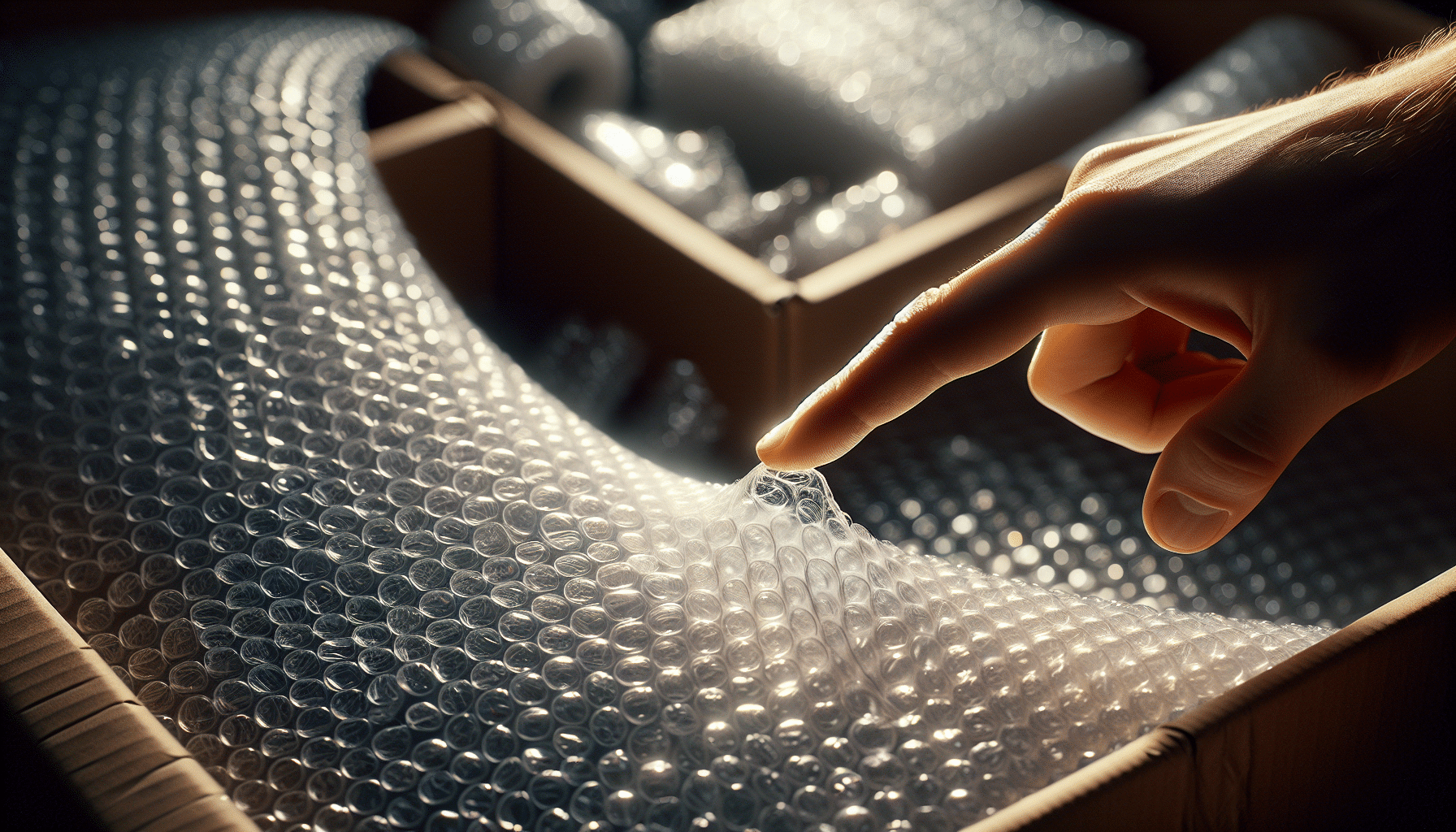
Frequently Asked Questions
What are the main materials used in making bubble wrap?
Polyethylene resin in the form of small beads is the primary material used in the production of bubble wrap. These grains of resin are melted under heat to form a thin film used in bubble packaging.
How are the air bubbles in bubble wrap formed?
Air bubbles in bubble wrap are formed when the heated resin film is fed through rollers with tiny holes. This method draws air into the film, forming bubbles when a second layer of film is applied.
Who were the inventors of bubble wrap?
Bubble wrap was invented by Alfred Fielding and Marc Chavannes. Originally envisioned as a three-dimensional tactile wallpaper, the product found its true purpose as a protective packaging material.
What is the significance of bubble wrap popping?
Bubble wrap pops due to the force exerted when pressure is applied on the air bubbles. This phenomenon is crucial to its function, as the bubbles absorb shock, protecting the materials wrapped within.
Can bubble wrap be recycled?
Yes, bubble wrap can be recycled. In fact, it’s encouraged to recycle bubble wrap due to the significant amount of polyethylene resin used in its production, a thermoplastic that can undergo recycling.











